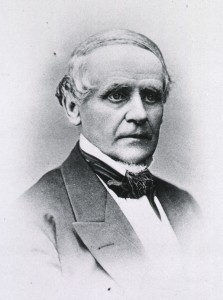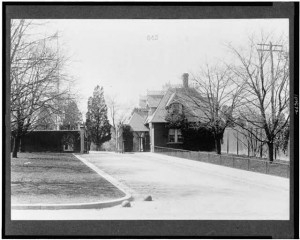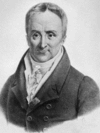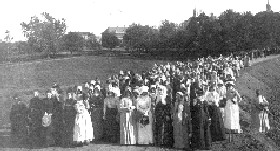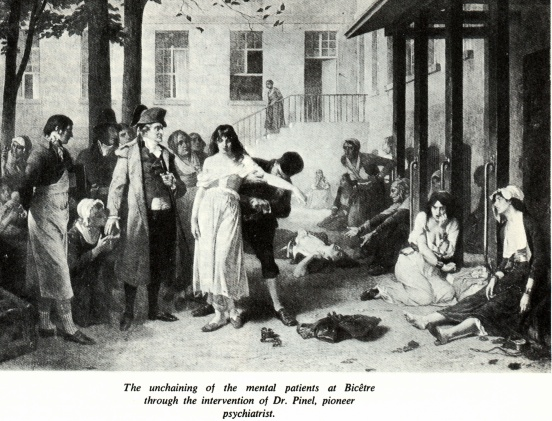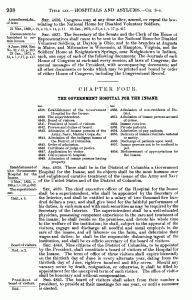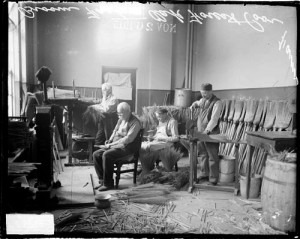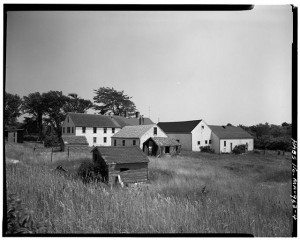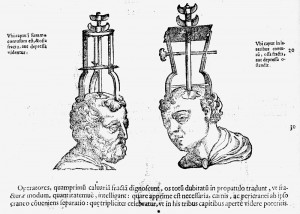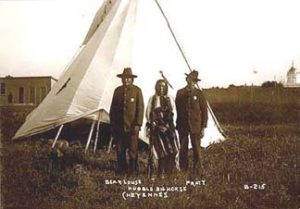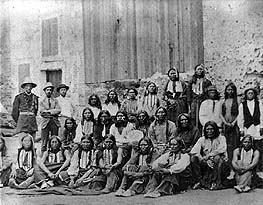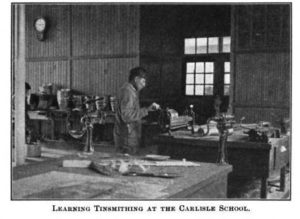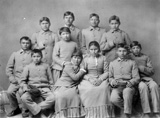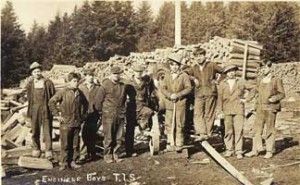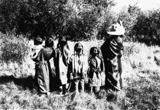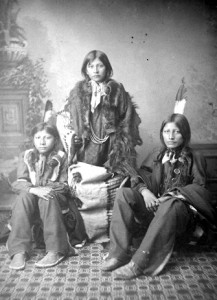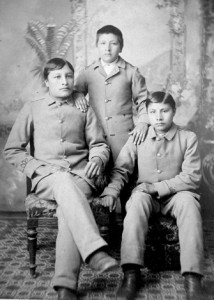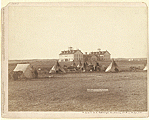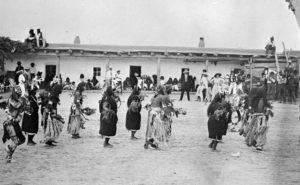In the early part of the 19th century, moral treatment (see May 18, 2010 post) included the idea that patients’ surroundings could contribute to their treatment and healing .
Dr. Thomas S. Kirkbride (July 31, 1809-Dec. 16, 1883), one of the founders of the Association of Medical Superintendents of American Institutions for the Insane (which later became the American Psychiatric Association), developed a building plan that he felt would improve the asylum experience for patients. It consisted of a centralized administration building with a wing on either side, one for males and one for females.
Kirkbride believed that careful building design could help with treatment. Each ward was set back a little from the previous one so that every room would have fresh air and sunlight. Grounds were lushly landscaped, and the buildings themselves were set in rural environments to give nature a chance to heal tired minds.
Unfortunately, these huge buildings became victims of overcrowding, which then led to many abuses. They fell out of favor by the end of the century. Below are two examples of the “Kirkbride Plan” for asylums.
________________________________________________________
